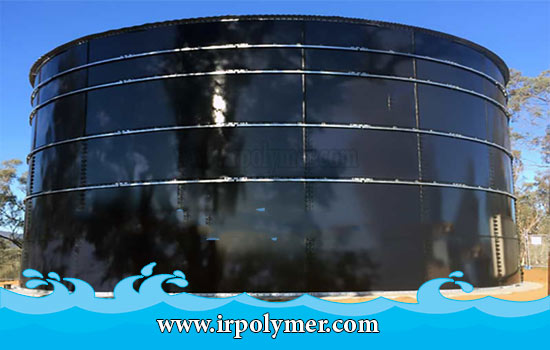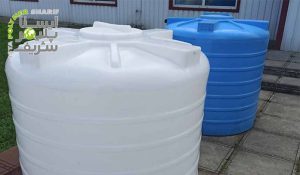The glass enamel coating in glass-lined tanks has led to the creation of strategic tanks in various industrial fields. These tanks can be designed and manufactured for both atmospheric and pressurized conditions.
The combination of glass and iron creates a unique product. The high mechanical properties of iron and the high acid resistance of glass together create a distinctive product.
The first layer of the glass coating on the iron surface is the base coat, also known as the undercoat. This layer contains only emulsified compounds that provide adhesion between the glass and the iron but does not offer any chemical resistance.
After spraying the emulsion on the prepared iron surface, it is allowed to dry. Once dried, the water tank is transferred to an electric furnace using rails.
This furnace operates at a specific temperature, and the tank is placed inside it for a designated period to achieve the melting or sintering of the glass powder onto the surface.
Next, the produced tank enters a cooling bath to remove any residual heat. Subsequent layers are applied using the same method (spraying, drying, heating, cooling). Using spark testing for quality control of glass-lined tanks is crucial.






